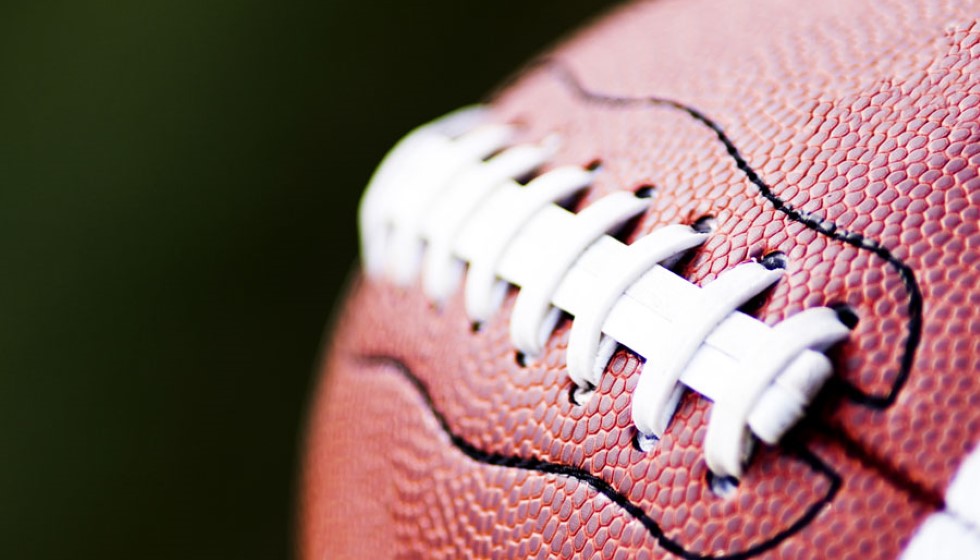
The enforcement of the NFL's new rule banning the hip-drop tackle has quickly become a focal point in the early stages of this season. Despite the league's efforts to prioritize player safety, the officiating body has encountered challenges in consistently applying the rule, resulting in several controversial instances on the field.
A Rocky Start
The rule, which aims to eliminate the dangerous practice of players grabbing a runner and dropping their hips to land on the runner's legs, is designed to mitigate severe leg injuries. However, through the first 31 games, there have already been multiple instances where the hip-drop tackle was identified but not penalized. Notably, officials missed at least two calls during Week 1 alone, underscoring the difficulties in enforcement.
Bears linebacker T.J. Edwards was among the players who escaped penalty for employing the banned tackle. While Edwards avoided an in-game penalty, he remains under the league's scrutiny and may still face a fine.
Injury Concerns
The impact of the hip-drop tackle is not just theoretical; it has real and immediate consequences for player safety. Houston Texans running back Joe Mixon’s case is a prime example. Mixon sustained an ankle injury that some speculated resulted from such a tackle. During Sunday’s game, Mixon left the field with an injury and was later listed as questionable to return. Although he made a return in the fourth quarter, the severity of his injury remains a concern. Mixon is now awaiting the results of his MRI to determine the extent of the damage.
"Joe got rolled up. The guy's weight definitely came down on his ankle. Didn’t look good from my view," said Texans head coach DeMeco Ryans, reflecting on the incident. Ryans further noted, "We'll evaluate Joe throughout the week. Hopefully he's okay. Have to see the film and see if it was really a hip-drop tackle."
Player and Coach Reactions
The spotlight on hip-drop tackles has also ignited reactions from both players and coaches. Joe Mixon himself took to Twitter to express his feelings, stating, "The NFL and NFLPA made it a rule and an emphasis for a reason. Time to put your money where your mouth is." This sentiment echoes the frustrations of many who believe that the rule should be enforced more rigorously to prevent injuries.
Challenges in Enforcement
The inconsistency in officiating not only undermines the rule's intention but also puts player safety at risk. Ensuring that officials uniformly apply this new rule is critical for maintaining the integrity of the game and safeguarding the well-being of its players. The NFL describes the hip-drop tackle as a foul occurring when a player grabs the runner with both hands or wraps the runner with both arms, unweights himself by swiveling and dropping his hips and/or lower body, and lands on the runner's legs at or below the knee.
The severity of injuries associated with this type of tackle can sideline players for extended periods, making the rule's enforcement all the more crucial. As the season progresses, it remains to be seen how rigorously this rule will be upheld.
Officials carry the significant responsibility of ensuring that all mandated safety measures are maintained throughout the game. Failure to consistently enforce these rules compromises not only player safety but also the integrity of the sport itself. Early inconsistencies have highlighted the challenges the officiating body faces, but the hope is that with continued emphasis and perhaps additional training, the rule will be more effectively enforced.
In the meantime, notable incidents and player reactions will continue to shape the narrative around the hip-drop tackle ban. For now, all eyes are on the officials, hoping that the league's safety measures are upheld during every play, every week.